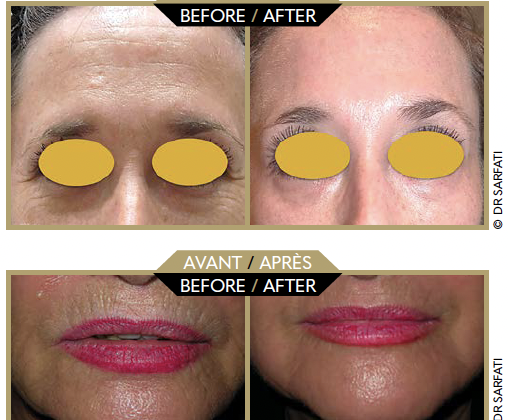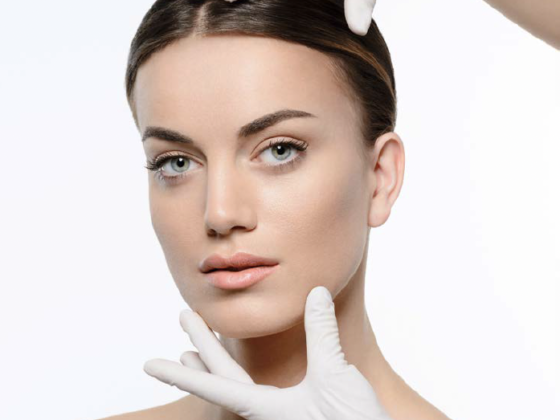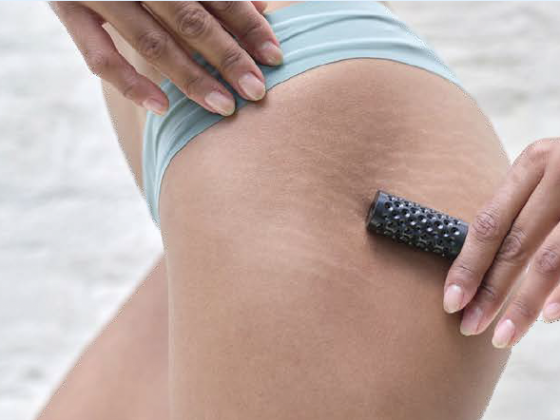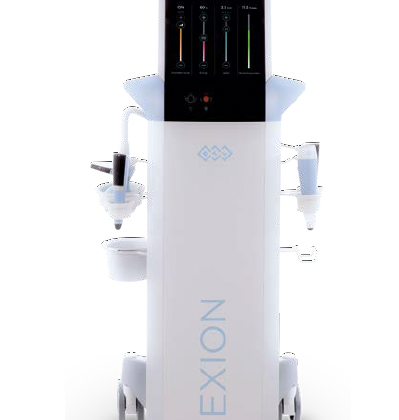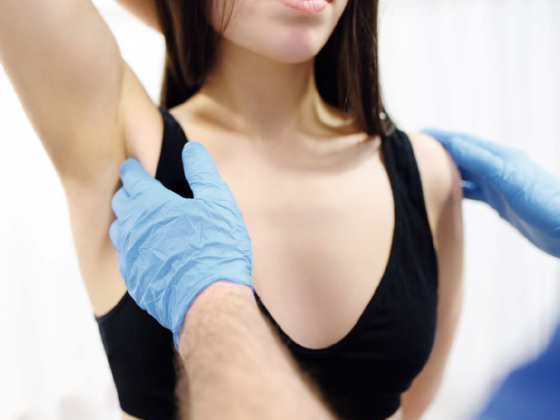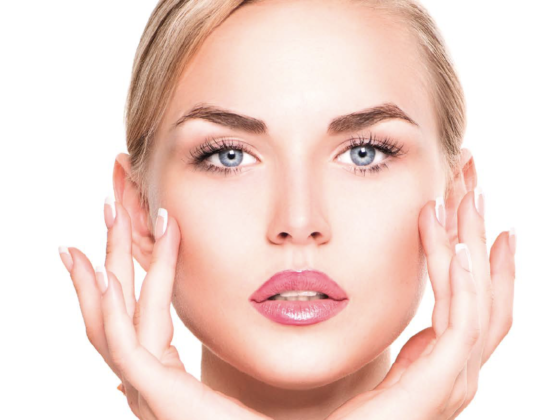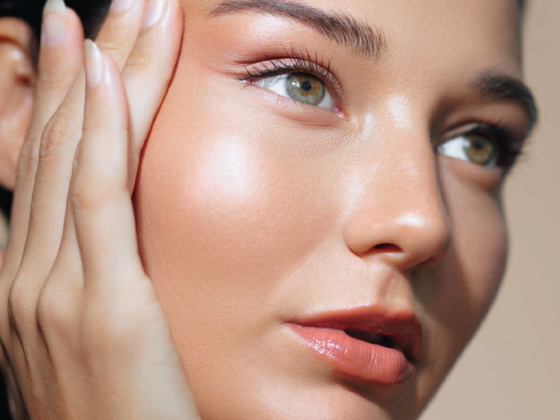By Doctor Rafii Arash
The advances made in genetics have enabled us to identify the genes which, when passed on through a family, increase the risk of developing breast cancer. The identification of these BRCA1 and 2 genes in breast cancer allows us both to detect the disease early and to carry out preventative surgery.
From gene to cancer, the role of heredity
Every year, around 40,000 women are diagnosed with breast cancer in France. The majority of these cancers are sporadic, with no identified cause. However, in 5 to 10% of cases, the cancer might be due to the presence of a gene which is transferred down within a family. A gene is a fragment of DNA contained in a cell. A mutation is an anomaly in the gene sequence and results in the deregulation of the cell function. Cancer is caused by the accumulation of mutations in several genes, which leads to major anomalies in the cell function, whose multiplication is no longer controlled by the body.
In certain families there are genetic anomalies which, when passed down, are responsible for genetic diseases (cystic fibrosis, etc.). In certain cases, a mutated gene is responsible for the onset of breast and/or ovarian cancer. The two main genes are BRCA1 and 2 (BReast CAncer), which play a role in DNA repair during cell multiplication. If these genes contain a mutation, damaged DNA is not repaired properly and an accumulation of these mutations may lead to the onset of cancer. In the case of breast cancer, this transmission is called autosomal dominant (only one copy of the abnormal gene is required in order to provoke the onset of the disease). There is a 50% chance that a parent who suffers from the disease will pass it on. BRCA1 and 2 mutations are responsible for the onset of breast and ovarian cancer.
How can it be diagnosed and what does the presence of a mutation mean?
In France, diagnoses are made by a doctor of genetic oncology, who will first ask the patient about all of the cases in their family. If these cases suggest an increased risk (onset of several identical cancers, at a young age, etc.), the doctor will most often prescribe gene sequencing. If no mutation is found, the risk of developing breast cancer is very similar to that of the general population, except in specific families, and in this case specific monitoring will be put in place. If a mutation is found, it is important to understand that this does not mean cancer itself, but rather the risk of developing cancer that is passed on. A patient with a BRCA1 or 2 mutation might never develop cancer.
In order to advise patients, we talk about the risk of developing cancer in their lifetime (60-80% for BRCA1, for example) and of the relative risk per year (3-5% per year for a given patient). Breast cancer can develop from the age of 30-35, depending on the family, and ovarian cancer is rarely developed younger than 45. This helps us to decide at what age preventative surgery should be carried out.
Detection and prevention
In patients with a mutation, a specific detection plan involving regular clinical examinations (every 6 months) and yearly magneto resonance imaging (MRI) of the breast is established from a given age (usually around the age of 30), depending on how old family members were when they developed cancer. It is vital that patients understand that surveillance does not prevent the onset of cancer, it simply enables us to detect it as early as possible and this increases our chances of curing the disease.
Preventative surgery has also been developed over the last few years. There are two different types: Preventative surgery for ovarian cancer (whose mortality rate is very high) involves removing the ovaries and fallopian tubes around the age of 45. Carried out by keyhole surgery, this operation often has just minor after-effects. Moreover, it also reduces the patient’s risk of developing breast cancer. Preventative surgery for breast cancer involves a double mastectomy, which reduces the risk of developing breast cancer by 95-98%. Often a breast reconstruction is carried out at the same time, using implants or autologous tissue. This is major surgery with a very real psychological impact, and as such should be discussed in depth with the surgeon beforehand.
Gynaecological surgeon specialising in cancerological surgery of the breasts and pelvis. Professor at Cornell University, USA. Editorial board member of the French National College of Obstetricians and Gynaecologists for breast conditions and of the European Society of Gynaecological Oncology for advanced ovarian cancer surgery.








